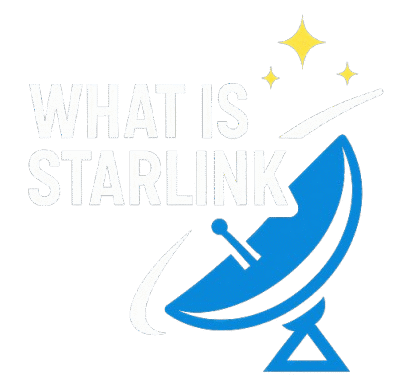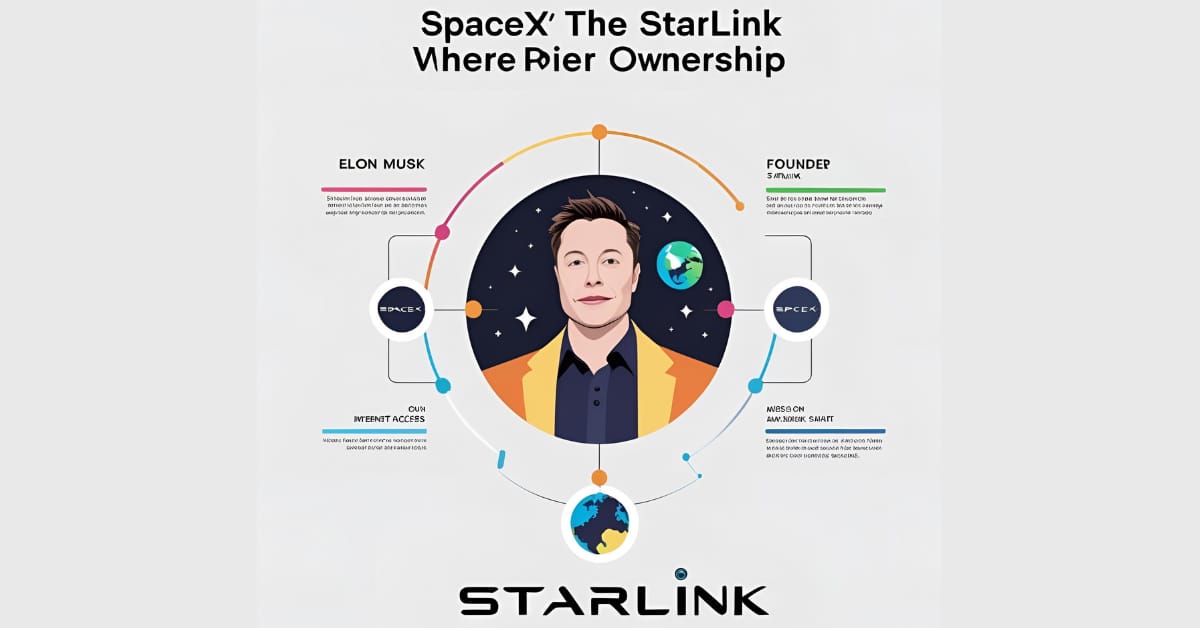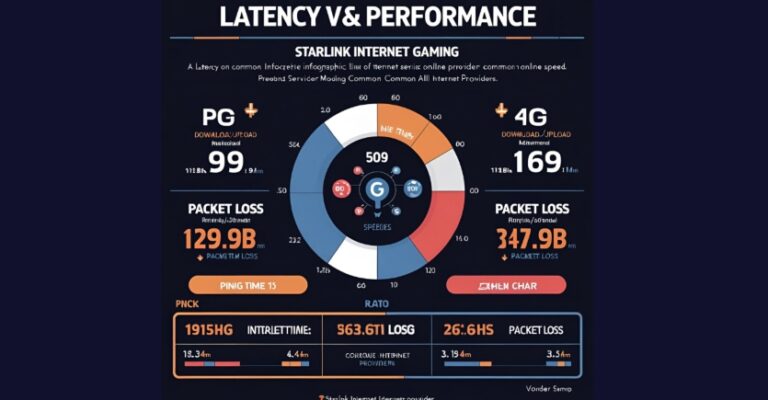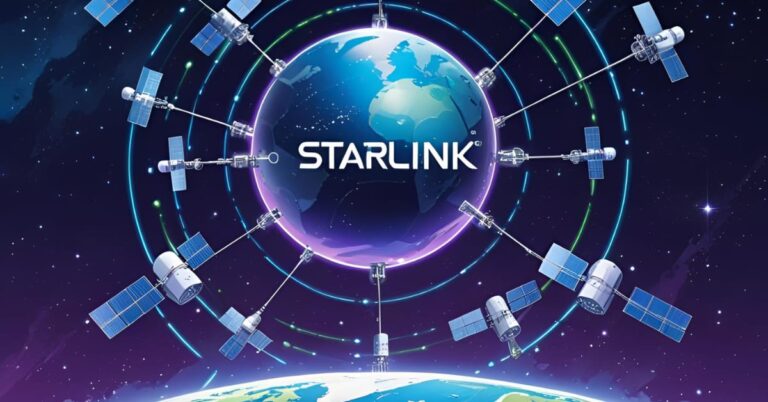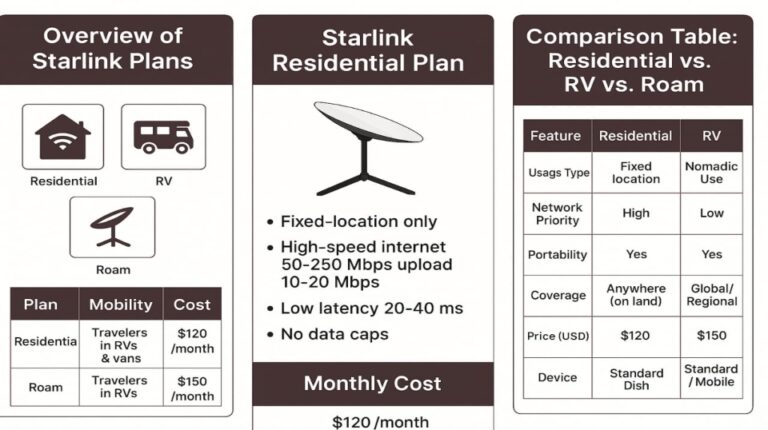Who Owns Starlink? The Founder, The Company, and a Mission
Starlink is a well-known name in technology and internet connectivity. Its game-changing project, which brings high-speed internet to the world’s most remote areas, has captured global attention. But who truly owns this groundbreaking company? What is its core mission? And what are the lesser-known stories behind its incredible journey?
This blog post examines who owns Starlink, the founder’s proper role, and its various missions. We will reveal facts and links you won’t see in a typical blog post.
The Ownership of Starlink:
If you ask anyone who owns Starlink, the quick answer is always “SpaceX, founded by Elon Musk”. While this is factually correct, the real story is much more nuanced.
The Wholly Owned Subsidiary:
Starlink is not a separate, publicly traded company. It is a wholly owned subsidiary of SpaceX, officially known as “Starlink Services, LLC”. This means its financial performance and operations are tied to its parent company.
The Intricate Web of SpaceX Ownership:
SpaceX is a private company, which means its shares aren’t sold on public stock exchanges. Elon Musk is the largest individual shareholder, and his ownership involves a mix of investors. However, his ownership is not a simple 100%.
Musk’s Stake:
Elon Musk owns about 42% of SpaceX’s equity and controls 79% of the voting power. This gives him undeniable command over the company’s strategic direction.
The Unsung Investors:
Many people miss the diverse and influential investors behind SpaceX and Starlink. They have invested billions in these ventures. These include:
Google’s Parent Company, Alphabet:
In 2015, Google and Fidelity Investments joined forces and led a $1 billion funding round for SpaceX. This shows their strong belief in SpaceX’s long-term vision and that some of the biggest names in tech have a vested interest in Starlink’s success.
Venture Capital Giants:
Sequoia Capital, Founders Fund, and Valour Equity Partners backed SpaceX’s key projects.
Government Partnerships:
Starlink has gained significant federal subsidies. For example, the FCC in the U.S. provides funds to support rural broadband. This change makes Starlink more than a private venture. It creates a public-private partnership.
Starlink isn’t just the idea of one person. It’s a massive team effort. Many powerful groups support it, but this is often overlooked in conversations.
The Founder: Elon Musk – A Visionary, But More Accurately, an Engineering Evangelist
Elon Musk is the undisputed founder of Starlink. However, his role transcends that of a traditional CEO or founder. He is an “engineering evangelist”. He doesn’t just have ideas; he inspires his teams to reach seemingly impossible goals.
The Unexpected Naming Origin:
A detail rarely mentioned in the media is the inspiration behind the name “Starlink.” The name was inspired by John Green’s 2012 novel The Fault in Our Stars. This isn’t just a random fact. It shows a human, even poetic, side of the project. It connects to themes of connection and universal access, beyond cold engineering.
The Cold War’s “Brilliant Pebbles” – Starlink’s Unofficial Ancestor:
You can find a unique angle: Starlink’s conceptual DNA can be traced back to a top-secret Cold War program.
“The Strategic Defense Initiative (SDI):** In the 1980s, the U.S. military had a “Star Wars” program. One part of it was called “Brilliant Pebbles.” Scientists at Lawrence Livermore National Laboratory created this project. It aims for a network of thousands of small, autonomous satellites in Low Earth Orbit (LEO).
The Mission:
These “pebbles” are designed to detect and destroy intercontinental ballistic missiles right after they launch, in their “boost phase.”
The Connection to Starlink:
It began as a military project. Then, it proved that a big network of small LEO satellites could be effective. Elon Musk adapted this military concept for civilian use by offering a global internet. This marks a significant change from a weaponized system to a tool for international connection. This part of Starlink’s origin story is often left out. This historical link is a goldmine for a unique blog post.
The Starlink Mission: Beyond Just Internet Connectivity
Starlink aims to “provide high-speed, low-latency broadband internet worldwide.” This is especially focused on remote and rural areas, where connectivity can be unreliable, costly, or even missing.” This is the surface-level goal, but the actual mission is far more profound and ambitious.
Bridging the Digital Divide:
This is the most obvious goal. Starlink is vital in disaster areas, war zones like Ukraine, and remote communities. It connects quickly, often in just hours. Plus, it doesn’t need a huge ground setup. This is a game-changer. It’s not only about streaming movies. It connects hospitals, schools, and local economies to the global network.
The Unspoken Mission:
Funding the Mars Colony is the story’s core and most fascinating part. Elon Musk is clear about his main goal: he wants to help humanity live on multiple planets. His plan includes building a city on Mars. This vision costs too much. It needs a revenue stream like we’ve never seen before.
The Interplanetary Business Model:
Starlink’s profits support SpaceX’s Starship and Mars colonization. It is not just a business; it is a financial engine for humanity’s future in space. Every Starlink subscription and dish sold helps fund rockets, which will one day send humans to another planet. This vertical integration is special in corporate history. One business unit helps support a bigger mission.
The Geopolitical and Military Dimension (Starshield):
The mission also has a military aspect. Starlink serves civilians, but SpaceX also has a special program called Starshield.
Starshield’s Purpose:
Starshield is a special version of Starlink. It’s for government use only and focuses on military and national security. It offers secure communication, earth observation capabilities, and space situational awareness.
Strategic Partnerships:
SpaceX has contracts with the U.S. Department of Defense. It has also tested broadband services with the U.S. Air Force and Army for military networks and aircraft. Starlink played a key role in the Russia-Ukraine conflict. It showed great value as a strong communication network during battles. The technology has both civilian and military uses. This dual nature is key to its mission and impact.
The Technological Edge: Beyond the Satellite
To understand Starlink, you must understand the technology that powers it.
The LEO Advantage:
Starlink satellites are different from traditional geostationary satellites. They orbit at about 550 km, while those older satellites orbit much higher at around 36,000 km. This reduces latency, the delay in data transmission, from hundreds of milliseconds to under 30 milliseconds, which makes it great for real-time uses like online gaming and video calls.
The Laser Link:
A key innovation is the use of inter-satellite laser links. Satellites can now talk to each other in space, so we don’t need a ground station at every spot. Data can jump from satellite to satellite at light speed in a vacuum, which is a significant advantage compared to ground-based fiber optics. This allows coverage over oceans and remote areas that ground stations can’t reach.
Mass Production and Deployment:
The key to Starlink’s affordability is its production method. SpaceX has a factory in Redmond, Washington. It mass-produces satellites on an assembly line, which helps reduce costs. This vertical integration lets SpaceX use its reusable Falcon 9 rockets. So it can be deployed quickly and affordably. It’s a logistical achievement like no other.
The Future: A Constellation of Possibilities
The Starlink constellation is continuously evolving. SpaceX aims to launch thousands of satellites. This will form a global mesh network in space.
Beyond the Internet:
The vision includes “Direct to Cell” service. Starlink satellites will connect directly to regular mobile phones, completely eliminating dead zones.
Interplanetary Communication:
In the future, a smaller Starlink could orbit Mars. This would create a communication network for Martian colonists and link back to the main mission.
FAQs
1. Is Starlink a separate company from SpaceX?
Not exactly. Starlink is a wholly owned subsidiary of SpaceX. This means that although it operates under its brand, SpaceX controls and funds it completely. Starlink’s revenue fuels SpaceX. It primarily supports large projects such as Starship and the Mars mission.
2. How many Starlink satellites are currently in orbit?
As of June 2025, there are over 8,000 Starlink satellites in Low-Earth Orbit (LEO). This number keeps changing. SpaceX launches new batches of satellites every few weeks. The goal is to launch a huge network of 12,000 satellites, and there are plans to grow this number to 42,000. This continuous deployment is key to improving coverage, speed, and reliability.
3. How does Starlink’s “Low Earth Orbit” technology improve internet speed?
The main advantage of LEO (Low Earth Orbit) is latency. Traditional satellite internet relies on satellites in Geostationary Orbit (GEO). These satellites are about 36,000 km away. The data travels that distance and back, leading to a high delay (over 600 milliseconds). Starlink satellites are around 550 km from Earth. This low altitude cuts latency to just 20-40 milliseconds. As a result, it rivals fiber-optic internet. This makes it perfect for real-time uses like online gaming and video calls.
4. How does the weather affect my Starlink service?
Heavy rain or snow can temporarily affect the signal. However, the impact is minor compared to older satellite systems. The Starlink dish, called “Dishy McFlatface,” has a heating element. This feature melts snow and ice, keeping the view of the sky clear. The many satellites in the constellation ensure that if a cloud blocks one, another quickly steps in, providing seamless connectivity.
Conclusion:
So, who owns Starlink? The answer is a complex mix. Elon Musk leads, but SpaceX owns it. SpaceX is a private company backed by many tech giants and venture capitalists. Its mission goes beyond providing the internet. It aims to bridge the digital divide and support national security through Starshield. It aims to be the financial driver for humanity’s biggest journey: colonizing Mars. Peeling back these layers reveals Starlink’s true nature. It’s not just a satellite internet provider. It’s a key part of a bigger, almost incredible vision for humanity’s future.
